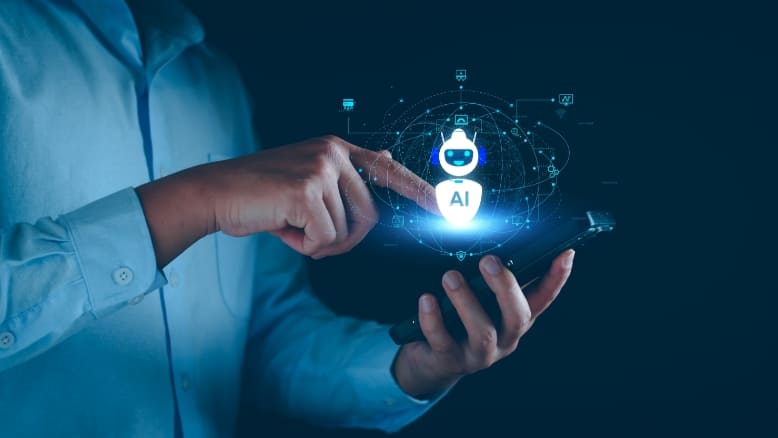From ERP to SaaS: What’s Next for CTOs in Manufacturing Supply Chain

As a CTO, you’ve probably seen the excitement around OpenAI’s recent GPT-o1 launch. It’s a clear sign of just how fast technology is moving.
Back in 1999, Salesforce’s Marc Benioff shook things up by moving business software to the cloud, challenging the traditional on-premises systems.
ERP systems were the go-to for managing everything for businesses from data heavy finance departments to process driven supply chain departments.
But as technology evolved, Software-as-a-Service (SaaS) came along, offering even more flexibility and efficiency and now, with tech moving forward, CTOs are facing new challenges and opportunities that go beyond what SaaS can offer.
In this blog, we’ll explore what’s next for CTOs as we move into a world beyond SaaS in today’s tech enabled manufacturing supply chains.
SaaS Dilema for CTOs
Technology typically advances in cycles, following an S-curve in which innovations grow, peak, and then level off.
SaaS has already made a huge impact by moving us from on-premise systems to cloud-based solutions. However, it’s now hitting its growth limits and bringing new challenges.
While SaaS was meant to simplify operations, it has introduced its own set of complexities, like managing a growing number of subscriptions, handling data, and controlling user accounts.
CTOs are now dealing with issues that were once common in the on-premise era, such as complicated cancellations, misleading pricing, and charges for unused seats.
This shows that a new approach is needed as companies transition from using individual SaaS tools to relying on them entirely.
The focus now must be on controlling costs, optimizing data management, and preparing for the next wave of technological advances.
AI-Powered Solutions
Looking ahead, AI is set to revolutionize software in ways we haven’t seen before. SaaS changed everything by moving us from old-fashioned software to something much more flexible.
But AI is about to take that transformation even further. With AI, SaaS is getting personal.
It learns from what you do and adapts to fit your needs in real-time. Imagine software that doesn’t just react to your commands but understands what you want and improves itself automatically.
AI also introduces smart systems that get better on their own. They handle problems, improve performance, and even predict what you might need next, all without needing human input.
And because AI can analyze future trends, businesses can make smarter decisions based on what’s coming, not just what’s happened.
So, what’s next after SaaS? We’re heading towards AI-powered solutions that keep evolving with your feedback. Instead of static software, we’ll see systems that grow and adapt.
Moglix Business is already embracing this future with AI-driven solutions for procurement and supply chain automation.
Way Forward for CTOs
Switching from ERP to SaaS has already shaken up how businesses run, but we’re on the edge of even bigger changes. With decentralized systems and AI-driven platforms coming into play, CTOs need to stay sharp and ready to adapt.
The trick is to stay ahead of the curve and embrace these new trends.
Moglix Business has been leading the charge in digital transformation for almost a decade, both in India and the UAE.
Our smart procurement solutions—like Integrated Procurement SaaS, Automated Workflows, and Catalog-Based Buying—combined with their top-notch warehouse network, are revolutionizing how businesses handle procurement.

